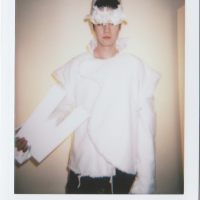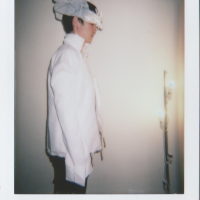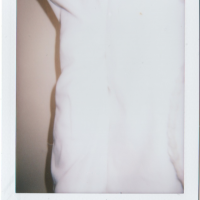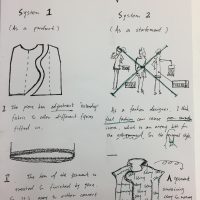How it connects with the themes of our class. How does it relate to your work this semester? Do you aspire towards similar practices in your final project? Does it change how you think about mass-produced designs?
There is a strong connection with my final work for this semester. Because over-consumption and fast fashion is quite a topic in the fashion industry now. We face the same problem to make the products both affordable, beautiful and “durable”. Durable in fashion is more by lasting for a long time, but how long people can cherish the garments. Our wardrobes are fulfilled with the trendy pieces, which are easily out of favor and become garbages. Then we shop more to re-fill the wardrobes. It’s not only an issue about the quality of the garments. Because most of the throw-away garments are not torn or even have a broken thread.
In this article, Marcus Engman is considering the same issue. ‘ “Nobody wants to do throwaway objects — nobody,” said Marcus Engman, the head of design at Ikea, which began working with Mr. Dixon a year and a half ago. “The thing that is a little bit nagging in people’s minds about the mass production is that everything looks the same. But could you mass-produce uniqueness? That’s a perfect crime.” ’
In the fashion industry, mass-production causes the sweatshops, mass-wastes and throwaway designs. It’s more about how and why people cherish one garment and have the willing of taking care of their garments to make it stay with them and carry their stories.
Therefore, my solution is making the piece unique and personal for people. My piece can be worn by my boyfriend and me, which gives a strong social and emotional connection over the garment. And the potential graphic design gives the ability to resilience design.
It’s quite inspiring and interesting to view different designers are giving the different solutions on the same problem by their own aesthetics and techniques.
process






